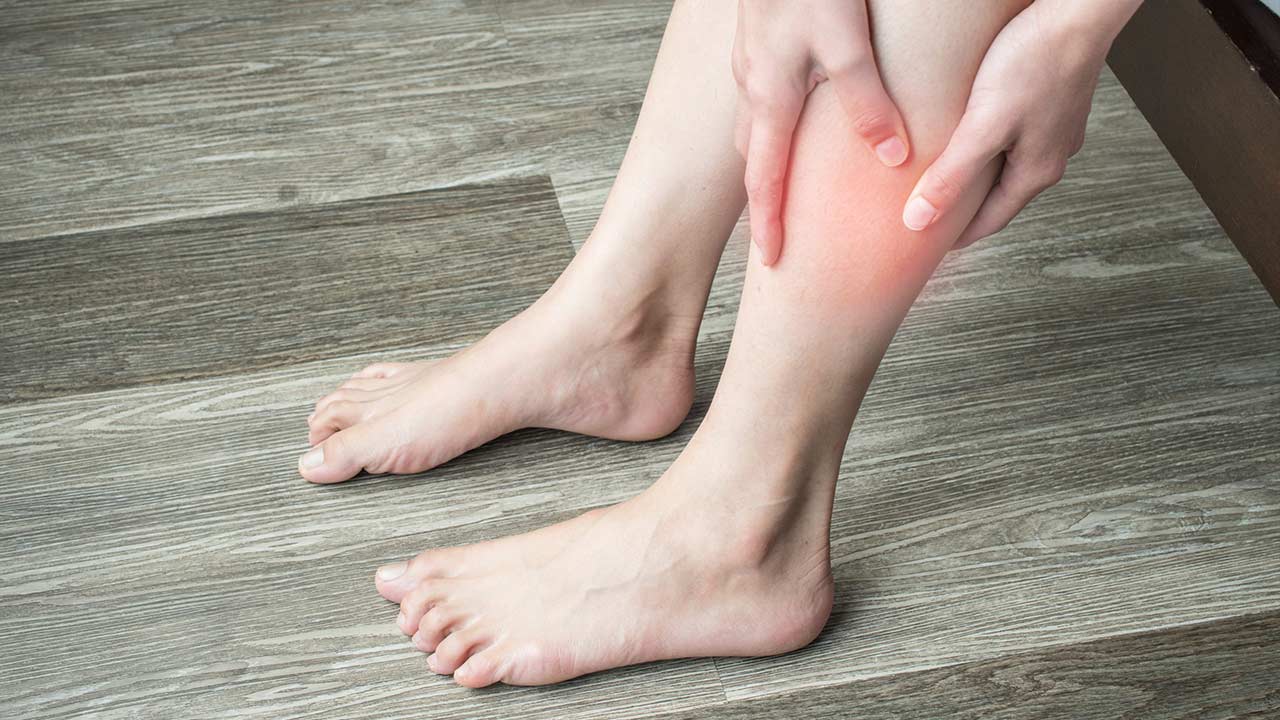Despite being distinct, arterial and venous diseases are two interconnected categories of vascular disorders that directly impact the circulatory system. Even though both involve problems with the blood vessels, they have different origins, target areas, and treatment options. A comprehensive analysis of the disparity between the two is important for understanding and awareness. Here is a detailed Arterial Disease VS Venous Disease comparison by medical experts.
Arterial Disease
A disease that primarily impacts the arteries is known as the arterial disease. Arteries are blood vessels that originate from the heart towards the body, carrying oxygen-rich blood.
Atherosclerosis
A common culprit of arterial diseases is atherosclerosis. It is a condition under which plaque, composed of cholesterol, calcium, and other substances, gradually accumulates in one’s arteries. This narrows the arteries, restricting the blood flow and potentially leading to serious complications.
Causes of Atherosclerosis
High blood pressure
Elevated cholesterol levels
Smoking
Diabetes
Genetics
Symptoms
This health condition is usually asymptomatic in its early stages. However, if the condition progresses, it may show symptoms like angina (chest pain), shortness of breath, fatigue, and dizziness. If atherosclerosis is left untreated, it may lead to some very serious complications like heart attack, heart strokes, or peripheral artery disease (PAD).
Treatment
Treating and managing atherosclerosis involves lifestyle changes, healthy diets, regular exercising, quitting smoking, etc. If you look into medications, statins may be prescribed as they control cholesterol levels. In severe cases, angioplasty or bypass surgery might be necessary to restore proper blood flow.
Peripheral Artery Disease (PAD)
This type of arterial disease is known to affect the lower extremities, like the legs and sometimes the arms. Atherosclerosis is what causes PAD because of the reduced blood flow.
Symptoms
Intermittent claudication
Numbness
Weakness
Coldness in legs
Wounds that take long to heal
Treatment
Lifestyle modifications like integrating exercise and a healthy diet into your routine will help to improve blood flow. Medication can help treat lower-risk complications and symptoms; however, angioplasty may be recommended for severe cases.
Venous diseases
Venous disease is a disease that primarily impacts the veins. Veins are blood vessels that originate from the tissues of different organs towards the heart, carrying oxygen-depleted blood.
Chronic Venous Insufficiency (CVI)
A prevalent venous disease characterized by the inability of veins to efficiently transport blood toward the heart is known as chronic venous insufficiency. As a result of inefficient blood flow, blood starts to pool in the legs, and this increases the pressure in those areas, leading to severe complications.
Causes of Venous Disease
Weakened vein walls
Faulty valves
Prolonged periods of standing
Obesity
Family history and genetics
Deep vein thrombosis
Symptoms
Chronic venous insufficiency causes leg swelling, varicose veins, leg ulcers, and even skin discoloration. If it progresses, it may pose severe complications.
Treatment
Treatment of CVI involves improving the blood flow in one’s body, and for that, compression stockings can be of great help. Lifestyle modifications like routine exercise and elevating your legs more often can be greatly beneficial as well. In advanced cases, medical interventions like endovenous ablation or sclerotherapy can help.
Deep Vein Thrombosis (DVT)
It is another significant venous disease. Under this health condition, blood starts to clot in the deep veins, i.e., those in the leg. These clots may break loose and travel through the bloodstream, leading to some life-threatening issues like pulmonary embolism.
Causes of DVT
Prolonged sitting or standing
Trauma
Surgery
Certain medical conditions
Genetics
Inherited clotting disorders
Symptoms
DVT leads to swelling, pain, discoloration, and tenderness in the affected area.
Treatment
The treatment for DVT is based on controlling the blood from clotting; for that, anticoagulant medications like blood thinners can help. In certain cases where the condition has advanced, a thrombectomy may be necessary to remove the clot.
Being aware of different types of arterial and venous diseases is beneficial in controlling and managing their complications. Arterial Disease VS Venous Disease is not a complex comparison anymore. Irrespective of the disease you are grappling with, either venous or arterial, early detection is the key to effective management and treatment.




